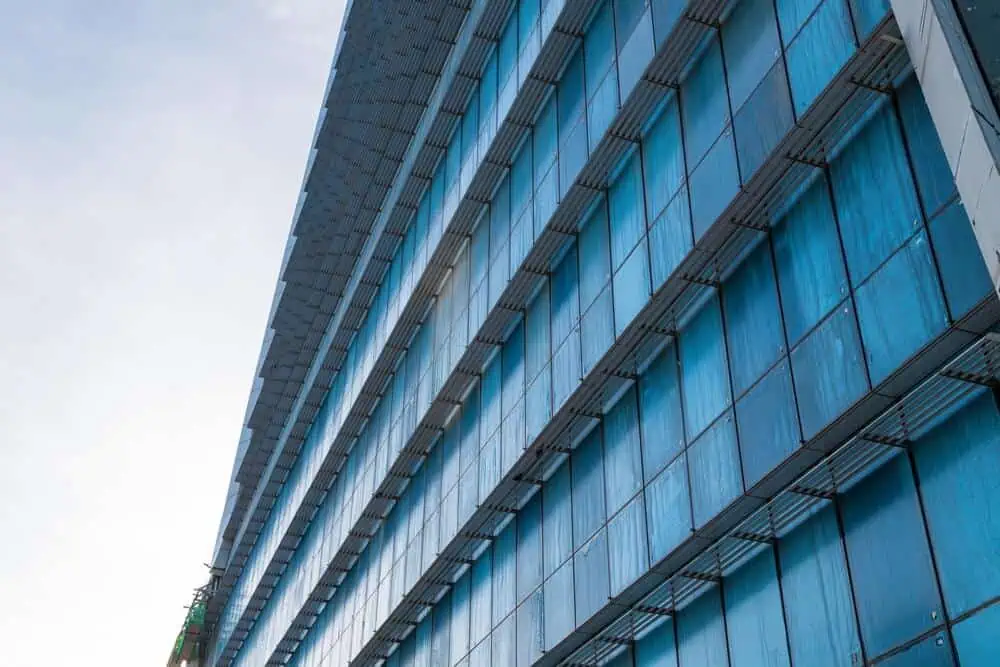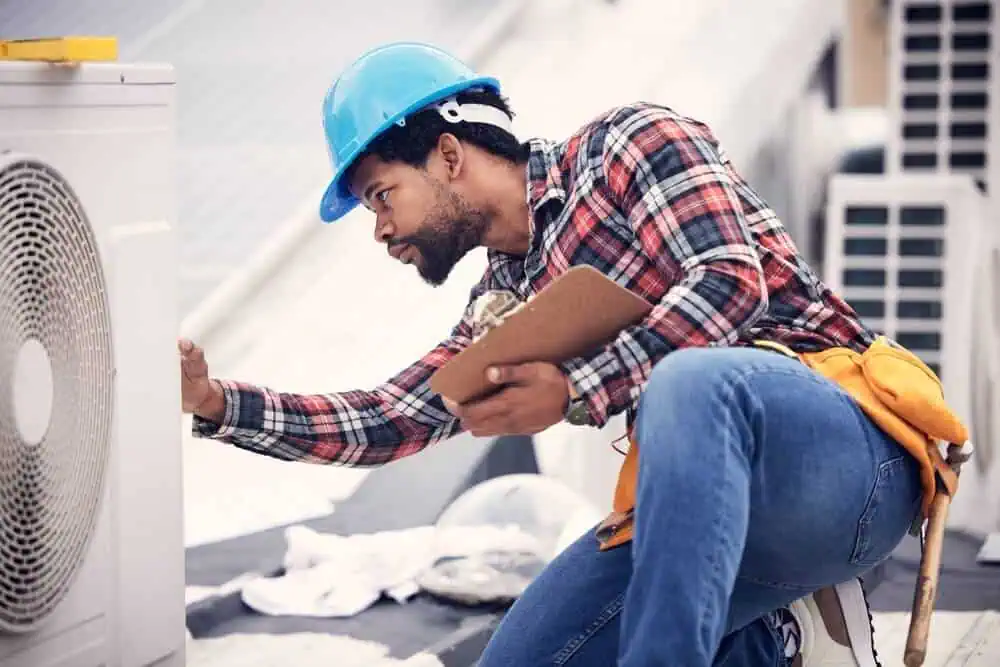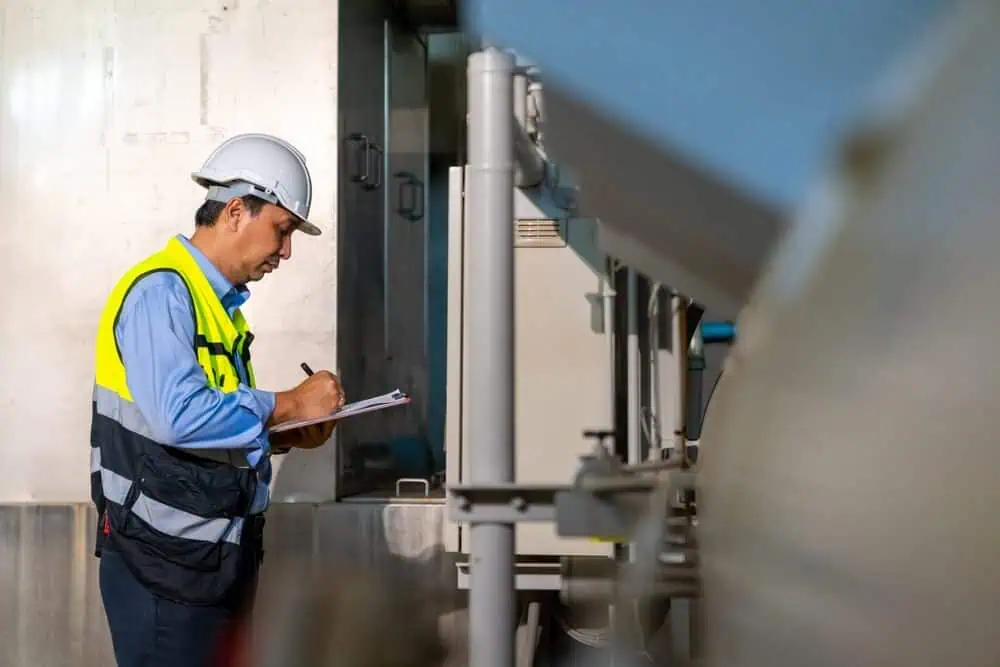Think about an envelope and what it does. It’s essentially a protective barrier that allows a letter, document, or another item to make it safely to its destination. A building envelope is the same concept. It’s the same protective shell that keeps the elements outside and the interior of a building safe, secure, and comfortable. It includes the roofs, walls, windows, doors, foundation, and any equipment penetrating those surfaces, and maintaining it is vital.
Commercial building envelope maintenance is all about ensuring the building’s performance remains optimal. It’s also about enhancing energy efficiency, lowering the cost of maintenance, and avoiding unnecessary issues. Let’s dive deeper into maintaining your building envelope and why it’s important.
The Role of the Building Envelope in Performance
The envelope plays a vital role in the overall performance of any commercial property or structure. It protects the building’s occupants, belongings, and equipment from the elements. It also controls the indoor climate. It’s also a critical part of the building’s structural integrity. It prevents water infiltration, air leakage, thermal bridging, and general energy loss, all of which can whittle away at the building’s efficiency.
For these reasons, commercial building owners and facility managers should understand the value of building envelopes and their maintenance. Regularly ensuring that the roof, walls, and foundation are in good condition and performing as expected can save money and time, and they can also protect the building’s integrity while reducing energy costs.
Identifying Key Components of the Building Envelope
Before diving into the maintenance of a commercial building envelope, it’s important to understand the key components. These components include:
Roof
The roof is the first line of defense against the elements. Regular inspections help identify minor issues such as cracks or loose shingles that could lead to water ingress and more significant damage over time.
Walls
Walls consist of several layers, including insulation and wall system components. Well-maintained wall systems can prevent thermal bridging and improve the building’s energy efficiency.
Windows and Doors
Windows and doors are often vulnerable points in the building envelope. Inspecting window perimeters and window glazing gaskets for wear and tear, and ensuring doors are properly sealed, helps prevent air leakage and water infiltration.
Foundation
The foundation supports the entire building structure, and ground slopes or water seeping into the foundation can cause cracks and other significant problems. Keeping this element in good condition is essential for the integrity of the structure.
Penetrations
Building penetrations, such as exhaust fans, ductwork, piping, and other items, create holes in the building, and as such should be considered as important parts of the envelope itself. These areas are prone to air leakage and energy loss, so it’s vital that they’re part of the building maintenance plan.
Common Issues with the Building Envelope
Building envelopes have a tough job to do. To understand just how hard that job is, let’s look at some of the common issues that impact them.
- Water infiltration: Water can seep through cracks, window and door seals, or poorly maintained building materials. If not addressed, water ingress turns to water damage, mold growth, and eventual failure of building envelopes.
- Air leakage: Poorly sealed air barriers or deteriorated windows can result in air leakage, leading to increased energy consumption and generally uncomfortable interior conditions.
- Thermal bridging: Thermal bridging occurs when heat escapes through parts of the building envelope that are not properly insulated, such as metal window frames or gaps in insulation. This reduces building efficiency and increases utility costs.
Proactively addressing these envelope issues ensures that your building remains effective at keeping indoor air quality high and meeting energy goals.
The Importance of Regular Envelope Maintenance
Developing a building envelope maintenance plan can help catch minor issues before they have costly impacts on a building. This maintenance plan should include:
- Regular inspections: At least twice a year, or after significant weather events, your building envelope should be thoroughly inspected for tell-tale signs of damage. Look for cracks, leaks, or deterioration of building materials.
- Predictive maintenance: Rather than waiting for damage to occur, predictive maintenance uses historical data and regular assessments to predict when repairs may be necessary. This approach helps you stay ahead of potential building envelope issues.
- Repair contractors: Engaging experienced repair contractors or certified installers ensures that any building envelope maintenance or repairs are performed correctly.
Being proactive not only helps prevent water damage, air leaks, and structural degradation but also contributes to lower costs for building owners by reducing the need for unexpected repairs and costly restorations.
Improving Energy Efficiency Through Envelope Maintenance
Along with proper insulation, building management solutions, and proper equipment maintenance, maintaining the building envelope plays a crucial role in optimizing the building’s energy efficiency. When air barriers and insulation are intact and functioning correctly, the building’s performance improves, the building can retain its heated or cooled air longer, allowing the equipment to work less often. This is especially important for commercial properties, where utility bills can quickly add up due to inefficient building envelopes.
By being proactive about air leakage and other issues, a building owner can significantly reduce their energy costs. They’ll also experience other benefits, such as building’s occupants’ comfort and high indoor air quality.
Protecting the Building’s Structural Integrity
Energy consumption is an important factor, but maintaining a building envelope also ensures the structure of the building. As the protective shell, it shields the building structure from elements such as moisture, heat, wind, and extreme cold.
The elements need to remain outside the building. Moisture can cause rot, mold, and decay. Water ingress can deteriorate the foundation and it can freeze, stressing window jambs, door jambs, brick joints, and other components. This can lead to structural movement, creating unsafe conditions and long term problems for the building itself.
By conducting routine building envelope care, property owners can avoid these risks and ensure the long-term stability of their property.
The Role of Facility Managers in Building Envelope Maintenance
When it comes to large commercial buildings, facility managers play a key role in overseeing envelope maintenance. Their job is to ensure the building remains in top condition. Their responsibilities include scheduling regular inspections, managing repair contractors, and implementing predictive maintenance programs that extend the life of the building envelope.
Let TopKey Construction Handle Your Envelope Maintenance
Commercial building managers and owners have enough on their plates without worrying about predictive maintenance and their building’s envelope. TopKey Construction has experience in building construction and maintenance. Our team of professionals will perform regular maintenance on your structure’s envelope, ensuring that you’re consuming less energy, protecting the building and its occupants, and avoiding major issues down the road.
Our expertise ensures your building performs as it was designed—safely and efficiently. Contact TopKey Construction today.


